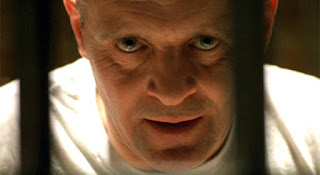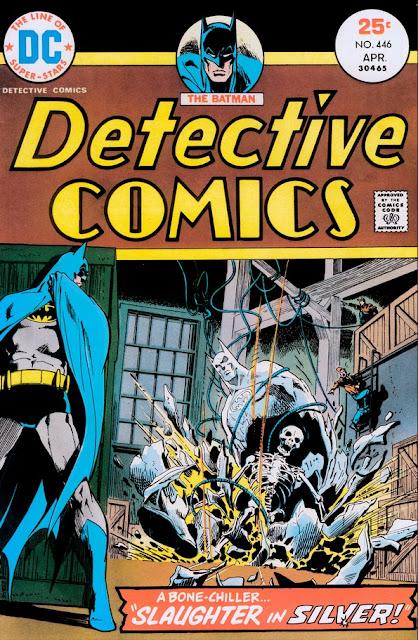In addition to the raging, loud traffic below, there are two lanes on the Brooklyn Bridge—one for people walking, and one for cyclists. Sounds easy enough, except that every tourist group that I saw had a "Grandma", and she wanted pictures! More pictures dammit! So Grandma from the old country would gather up the family in the regular walking lane, and then she would step out into the bike lane to take the picture. In the line of fire, of course, Grandma needs between 10 minutes and 2 days to actually work the iPad. Push the button to take the picture. Push the button. Push the button Grandma! The iPad only has one button. Meanwhile, a comet bicycle is fast approaching, a cyclist on a 10-speed screaming "BIKE LANE!! BIKE LANE!!" Whoosh and then there was much cursing and good times.
After the Brooklyn Bridge, we slowly trudged the Bataan Death March into Manhattan, hopefully someday to see the World Trade Center, which is only a few short 30 blocks or so. The blocks on Google Maps are super tiny, they are like only an inch long! The city blocks are much, much longer in person. Curse you Google Maps, and your false advertising. It doesn't help that the World Trade Center is about 4 miles high, so it looks like it is "right there"! An hour later, after hiking in the hot sun... it is "right there"!
Everything in NYC is within walking distance. It's right there!
In order to not die from dehydration, I pulled my limp little raisin legs into the Midtown McDonald's. Even in New York City, a Coke with unlimited refills is like 99 cents. Beautiful. Enjoying the air conditioning and the smell of deep-fried... something... I started to feel better. My bladder is the size of a grain of sand so within 10 minutes I ran off to use the public restroom.
Public restroom. If the sight of those words make you start to gag, you are obviously a world traveler. I figured as bad as a bathroom in Manhattan could be, someone has to come along and clean it, right? Right? Eventually? There was a line up to use the men's washroom. The door was locked, and then a nice elderly gentleman was ahead of me.
"Dammit, whaz takin' so long..." the elderly man was muttering. I shrugged.
"Good Lawd, hurry the fuzz up..." I shrugged.
Finally the door opened. Out stepped Jeffrey Dahmer.
Well, he looked like Dahmer anyway. Like... exactly like Dahmer. The hair, the glasses, the dead eyes... it was more than a little disconcerting. Dahmer walked past me.
"There's a bit of a mess in there," Dahmer quietly said as he passed me.
Good Lord. It was like Silence of the Lambs except more gross than being a cannibal.
I left you some fava beans in stall #3, Clarice. Slurp slurp!
Dahmer slinked away into the restaurant and the elderly man opened the door. He recoiled at first and then pushed ahead. As the door slowly closed, I could hear "Awwwww HELL NO."
Click. Now there was only one.
I bolted back to the table, frightened and confused. Would the elderly man be OK? Even worse—would I have to identify his body? I sat and waited. Minutes passed. More fine McDonald's Coca-Cola was consumed. Suddenly I saw the elderly man. He and his wife were leaving the restaurant—although I couldn't hear him, he appeared angry and agitated, arms flailing. The wife looked disgusted. I am pretty sure I knew why. Oh Jeffrey Dahmer, you lovable rascal, what did you do?
Well now I had to see. I wasn't going to just leave and spend the rest of my life wondering just how dark humanity could be. I walked back to the bathroom and there was no lineup. I slowly approached the door. It was like the final scene of the movie Seven.
What's in the box? What's in the box? Also, don't go in the bathroom Brad Pitt!
I slowly opened the swinging door.
The sight was so horrific, I began to question actual physics. I wasn't even mad that I couldn't use the bathroom. I was simply trying to process what I was seeing.
The toilet seat was covered in poop, but that much we were all expecting I think at this point. Nothing new there. What really moves this into the realm of "amazing"? I scanned the room, my eyes wide like the astronaut during the final minutes of 2001: A Space Odyssey.
My God... It's full of stars... or possibly Glossette raisins, I am not sure.
Question: how could human waste be on the wall at shoulder height? How was that possible? Is there a Neil Degrasse Tyson of bathrooms, someone to walk me through how such a thing can happen?
In a related question: how can someone spray two walls? TWO? Was there a turn involved halfway through he maneuver? Maybe it was like a figure skater trying a new move? This was the triple lutz of pooping apparently.
I ran away and told my wife we had to leave—NOW. I was worried that someone was going to see ME coming out of the bathroom and think that I did that. It wasn't me! Honest! I didn't need to get arrested, detained, deported, or—the worst possible punishment I could think of—made to clean it up. No thank you very much, I grabbed my 99 cent Coke and burst out into the sunny Manhattan afternoon. The adrenaline was pumping, we were on the move, and it was only 45 more blocks to the World Trade Center.




















































